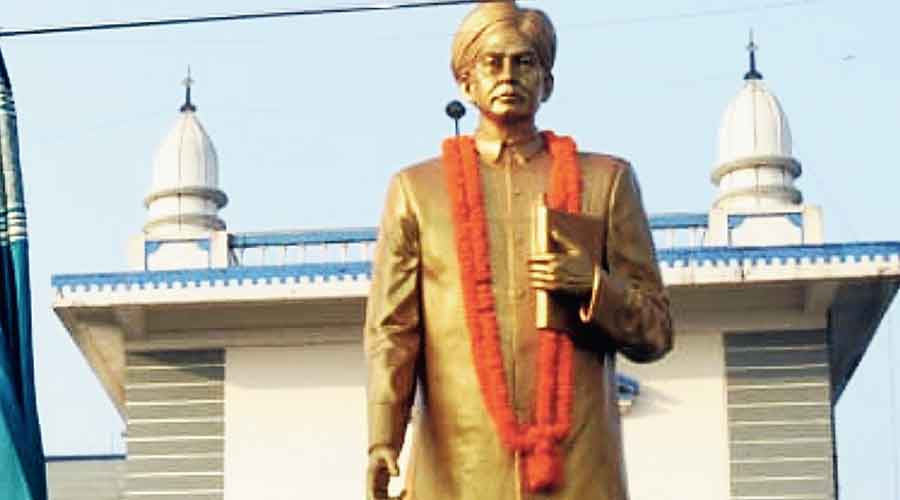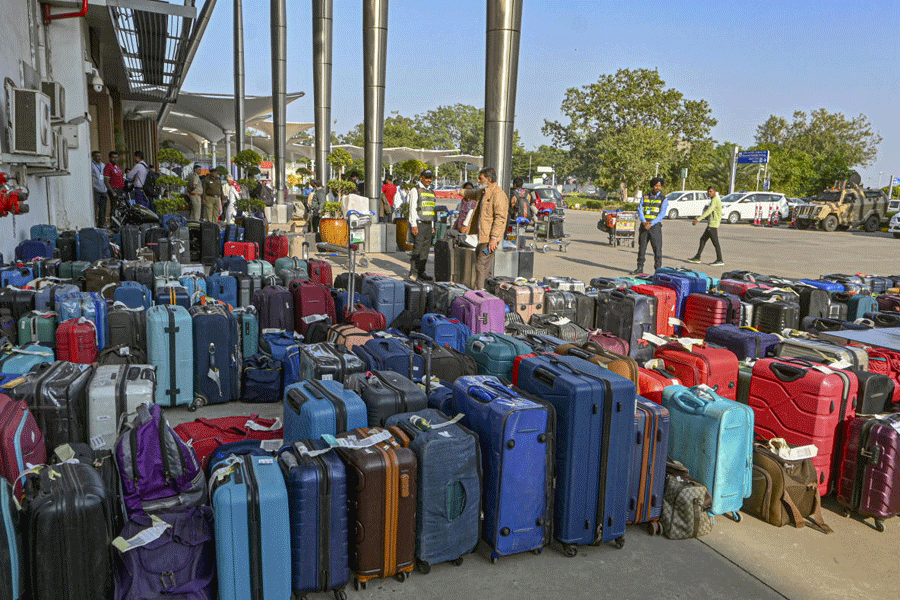Panchanan Barma, the most revered reformer of the Rajbanshi community, had almost a century ago taken up the task of socio-economic development of the community that dwells in north Bengal and in the contiguous areas of Assam.
Known for his initiatives on women’s empowerment, he inculcated a new philosophy of life among the community by establishing the Kshatriya Samiti, an association that was instrumental in consolidating the Rajbanshis of the region.
Born as Panchanan Sarkar in Khalisamari village, which is in the Mathabhanga sub-division of Cooch Behar district, in 1866, he became a graduate from Bangabasi College in Calcutta in 1893. In 1900, he graduated in law from Ripon College, now Surendranath College.
Barma then started practising law at Rangpur court. It was an event here that changed his life. An upper caste lawyer refused to wear a “toga” (lawyers’ gown) used by Barma.
Social discrimination and economic exploitation of the Rajbanshis moved Barma to form the Kshatriya Samiti in 1910 to organise the community and promote education among them.
He established the rural agricultural bank that offered benefits to farmers and their families. Barma adopted the concept of micro-finance to empower farmers.
The reformer, who came to be known as Roy Saheb Thakur Panchanan Barma, also developed a regiment of Rajbanshi youths, including both men and women. To implement his vision, he trained men and women in various parts of north Bengal and adjoining areas of Assam.
When World War I broke out in Europe in 1914, he sent a battalion of young Rajbanshi men to the battlefield.
Barma also worked for the improvement of the education standards of Rajbanshis and set up schools and hostels to encourage poor and backward students to continue their studies.
In the 19th century, Raja Rammohan Roy and Ishwarchandra Vidyasagar had stressed the need to empower women through education and social reforms. Barma took up the task of encouraging women to pursue education and constituted the Nari Raksha Samiti in 1923 to make them self-reliant.
He got elected to the Bengal Legislative Council thrice and was one of the proponents of the amendment to the Tenancy Act. It was because of him that important laws like the Bengal Money Lenders’ Act and the Bengal Agricultural Debtors’ Act were passed to provide adequate protection to farmers.










